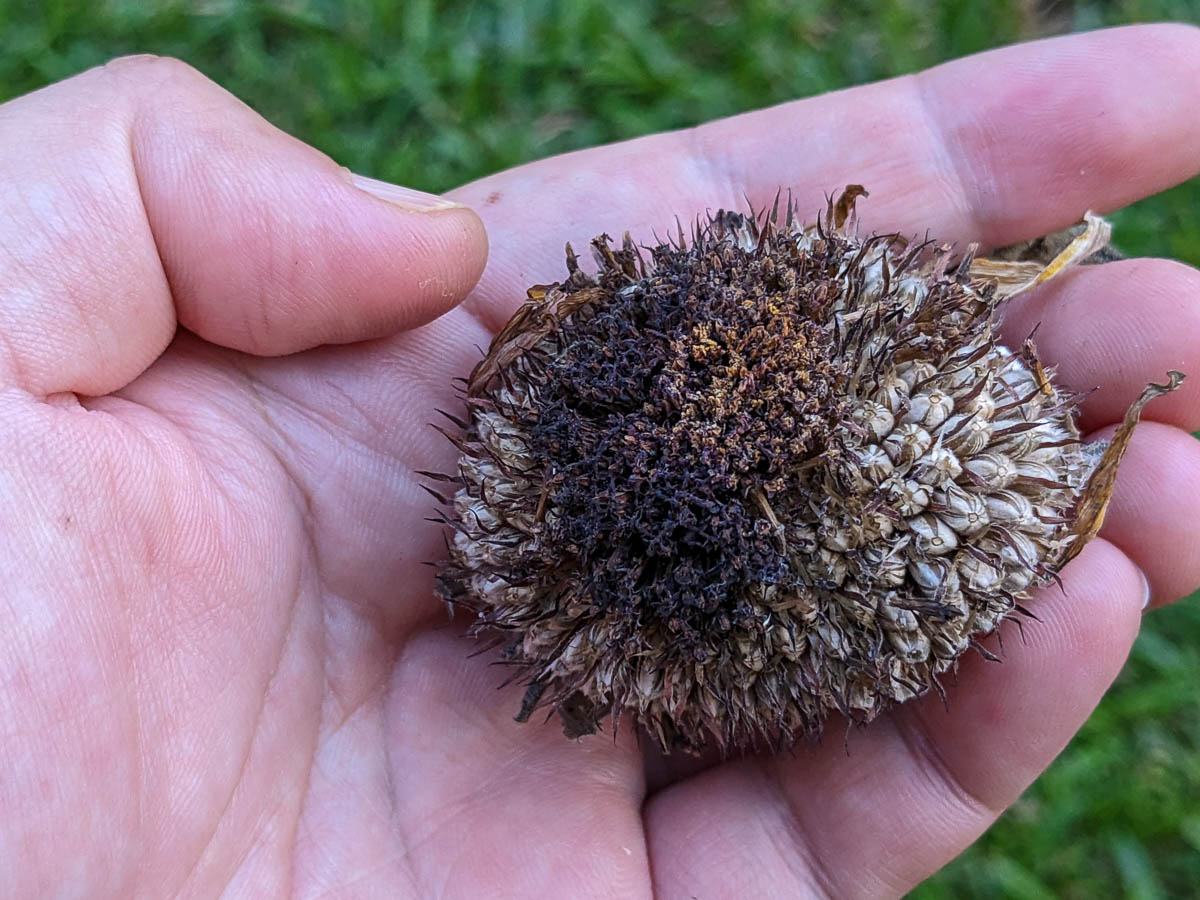Sunflower
Sunflower (Helianthus annuus)
Other common names: Bunga Matahari, 向日葵, 太阳花
.jpg)
Sunflowers are large iconic flowers that will make heads turn in any garden. Not only are they beautiful, but they are also useful bee-attracting plants, and have edible seeds and can also be eaten as microgreens!
There are a wide variety of cultivars, with mammoth varieties growing beyond 4m and deep red and multi-headed varieties to spice up your garden.
A large annual flower, this plant is suitable for perimeter planting, or as a feature plant. It also can be used in edible gardens, biodiversity-attracting gardens, and rooftop gardens.
Sun and soil needs:
.jpg)
Sunflowers grow best in 6-8 hours of direct sunlight. They can tolerate 4-5 hours of direct sunlight or at least 6 hours of indirect sunlight, but may have slower or stunted growth. Plants do best in sandy soil at least 20cm deep. Taller cultivars that grow to 3m or more will require at least 50cm of soil for stability. These plants are vulnerable to root rot, so ensure that your pots drain well, and that your soil has plenty of grit to let the roots breathe.
Keep your plants cool with mulch and plenty of water to encourage growth.
Taller sunflowers may need staking to prevent snapping. Areas prone to strong wind may damage the plant as it grows taller.
Sowing seeds:
Seeds can be sown directly into pots or the ground around 30cm apart. Lightly water the soil until damp, once a day. Seeds should sprout within a week.
The seedlings will be vulnerable to high heat and heavy rain and are best kept under netting in a or a shaded space with around 4 hours of partial or direct sunlight.
The seeds and seedlings may be vulnerable to being eaten by snails or birds. Protect your young plants with a DIY cloche or netting.
Growing:
Once the plants are roughly 10cm tall, they can be exposed to full sunlight conditions.
Sunflowers grow rapidly and can be fed with balanced fertilisers. Plants can be fertilised once every two weeks after germination to encourage stronger root and flower growth.
Harvesting:

This plant can be grown as a microgreen. Microgreens can be harvested the week after they sprout.
Sunflower heads can be harvested for seeds when the flower heads have drooped down, and the seeds have turned dark and hard. You can test whether they are ready for harvest by pulling out some seeds before cutting the entire sunflower head.
Propagation:
Sunflowers are grown from seed.
Common problems & solutions:
Aphids, Mealy Bugs, Whiteflies, and Spider Mites often infest the plant if it has underlying problems like repeated wilting from heat stress or waterlogging. Mechanical pest control methods like pruning the infested parts are the best methods for managing these pests in the short term, but resolving the underlying problem will prevent them in the long term.
Wilting leaves during hot weather is a sign of heat stress. Increase the number of times the plant is watered daily, and apply mulch at the base to prevent water loss.
This plant is prone to rust and fungal diseases during the wet season. Prune the plant regularly to increase airflow, and remove heavily affected leaves.
This plant is especially vulnerable to root rot caused by waterlogging. It is best to grow the plant in loamy soil with plenty of soil amendments to prevent this.

